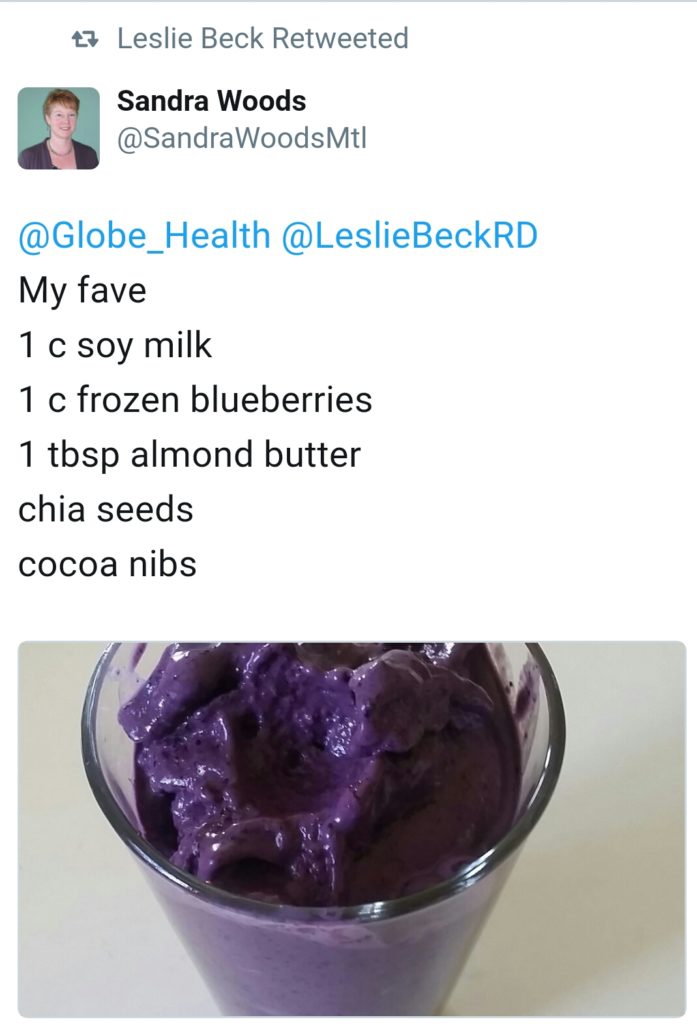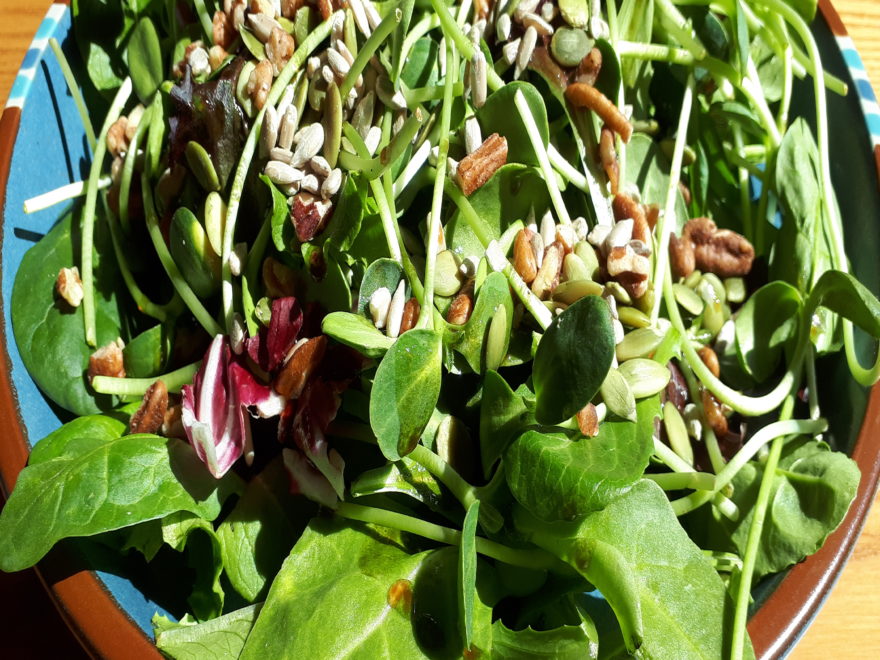In bioethics, ‘risk-benefit’ analyses or calculations usually refer to patient decisions. When I worked in clinical (medical) research ethics, the best example was when a patient would consider whether or not to participate in a clinical trial.
But each of us, patient or not, makes many of these risk-benefit decisions each day. And we complete most of them almost instinctively, without consciously thinking about them.
Imagine that you’re driving to work, almost running late, and you’ve just heard on the traffic report that there’s a stalled car slowing traffic ahead. The car’s low fuel warning light comes on, and you’re a block away from the last gas station that you’ll pass before getting onto the highway…
You may not even be aware of it, but your brain’s already analyzing the options – and the potential risks and benefits of each one. Some of these could be:
– I’ll be late for work if I stop for gas, so I should keep going. But then what if the traffic’s really bad; could I run out of gas on the highway? Then I’d really be late! And maybe get a ticket, or have to pay for a tow truck, or even cause an accident…
– Maybe I can get past the heavy traffic area, before it gets any worse, and then stop at the gas station on the highway. It’s not that far away…
– Can I make it all the way to the gas station near the office? I could really use a cup coffee, and theirs is great. I should have enough change for a coffee. Oh, and their oatmeal mini-muffins are fantastic – I could bring some of those to work for the team, and then they’d think that’s why I was a few minutes late…
I’m exaggerating a bit, just for fun, but you get the idea – right? ‘-)
So when I read in a few research papers over the past year or so that certain foods might help reduce inflammation, I was intrigued. I’m struggling with a rare neuro-inflammatory disease (which causes severe chronic pain, joint problems, and more), so I’m always on the lookout for research into inflammation.
What appealed to me about trying to reduce – or possibly even prevent – inflammation, by incorporating certain foods into my diet, was the risk-benefit analysis. I don’t have diabetes, or food allergies, so can safely change my eating habits.
If the foods being suggested weren’t completely off-the-wall (like eating only cheese and crackers, or only carrots!), then adding these foods to my diet could be a low-risk approach. And the potential benefit could be high; reducing inflammation might possibly reduce my pain and other symptoms.
That’s a good – although fairly easy – example of a health-related risk-benefit analysis. So, what did I do?
I tracked down as much research as I could find about foods with suspected anti-inflammatory properties, and focused on those which appeared in the greatest number of reputable medical journals.
Then, from those, I selected foods which my husband and I would be willing to eat more often. It turned out that I was already eating many of these foods, so I simply looked for ways to incorporate more of them into our meals.
My target foods were (and remain):
- Blueberries; I buy frozen berries, as they’re less expensive, easier to store, and are fantastic in smoothies, mixed with yogurt, or in baked goods
- Cinnamon; I’m adding this to many foods, including apple slices, bran muffins, smoothies, toast with almond butter, even sprinkled on my coffee…
- Chia seeds (raw, ground); added to smoothies, some stews and sauces, and sprinkled onto salads
- Cocoa (raw, unsweetened); added to smoothies and some sauces
- Cocoa nibs (raw, unsweetened); added to smoothies and some salads
- Fish; lucky for me, as my husband and I both love fish!
- Ginger; I add it to most main courses now, either fresh or as a spice
- Olive oil; this is already in every salad I make (for my brown-bag lunches), and most of my side dishes
- Soy milk; although research articles don’t agree on whether soy products might increase or decrease inflammation, I drink 200 ml (a bit less than 8 oz, or a cup) of soy milk for breakfast each day.
If nothing else, it provides some protein and calcium since I avoid cow’s milk for the cholesterol - Turmeric; I’ve added this spice to several main course recipes that I make using beans or legumes (e.g. adzuki beans, chick peas, lentils)
- Whole grains; I was already buying only multi-grain (and no sugar added) bread, and have now switched almost all of my recipes – except fancy cakes and cupcakes – to whole grain flour.
I’ve also switched to kamut or spelt pasta, for the higher fibre content
And then, in a category by itself, = Fibre. I was already trying to get the recommended 25 g per day of fibre (and 38 g per day for men), so this research encouraged me to hit that target each day.
I start with a home-made high-fibre muffin as a morning snack, then eat at least 2 portions of vegetables with my lunch, along with some high-fibre seed crackers. An apple for a snack, and then a few more portions of vegetables with supper. Now I usually add a couple of fibre pills, to be sure I hit the 25 g daily target.
Research has already shown that:
A high-fiber diet appears to reduce the risk of developing various conditions, including heart disease, diabetes, diverticular disease, constipation and colon cancer.
UCSF Medical Center
Fiber is important for the health of the digestive system and for lowering cholesterol”.(1)
An easy way to consume more fibre is to add it to smoothies; ground chia or flax seeds, for example. I’ve added my favourite smoothie recipe, just for you! Leslie Beck is a renowned Canadian nutritionist, and she retweeted my recipe over on Twitter; I consider that to be an endorsement ‘-)

I decided to write this post today because of a research paper that was just published in the journal Frontiers in Nutrition. The paper states that some:
foods appear to reduce inflammation, as well as joint stiffness and pain” from inflammatory disease. It goes on to say that – for people with this type of disease – these foods might ease joint “pain, swelling and stiffness” and possibly “even slow progression of the disease”(2).
Frontiers in Nutrition
The foods and spices mentioned in that specific article were:
- Blueberries
- Ginger
- Green tea
- Olive oil
- Dried plums
- Pomegranates
- Turmeric
- Whole grains
As you can see, there’s some overlap with the other research papers I’ve read over the past eighteen months or so, in the list of foods I was already trying to eat more of 😉
Has adding more of these purported anti-inflammatory foods to my diet made any difference? After more than six months, it’s hard to tell. But I’ve lost a few pounds, am trying new recipes and creating some new ones, and my CRPS inflammation doesn’t seem to have gotten any worse.
Aside from that, it feels good to have a sense that I’m doing *something* to help my body – to help myself – despite this rare disease. Feeling more proactive, and less helpless. That, in itself, sure seems like a benefit to me!
References:
(1) UCSF Medical Center: University of California San Francisco. Increasing Fiber Intake. The Regents of The University of California. Accessed 06 Nov 2017. Web:
https://www.ucsfhealth.org/education/increasing_fiber_intake/
(2) Robert Preidt. These Foods May Help Ease Rheumatoid Arthritis Pain. HealthDay: MedlinePlus, the National Library of Medicine, the National Institutes of Health, or the U.S. Department of Health and Human Services. 087 Nov 2017. Web:
https://medlineplus.gov/news/fullstory_169596.html

